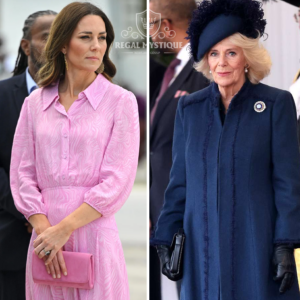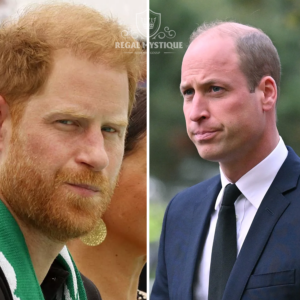Michael Jordan recently shed light on why his Chicago mansion remained unsold for more than a decade. Despite its grandeur and prestige, the property struggled to attract buyers due to various factors, including its extravagant size, lavish amenities, and the economic downturn during the housing crisis.
Jordan’s sprawling mansion, located in the affluent suburb of Highland Park, boasted luxurious features such as a full-size basketball court, putting green, and expansive outdoor pool, making it a coveted piece of real estate. However, its sheer size and opulence posed challenges in finding the right buyer willing to invest in such a lavish property.
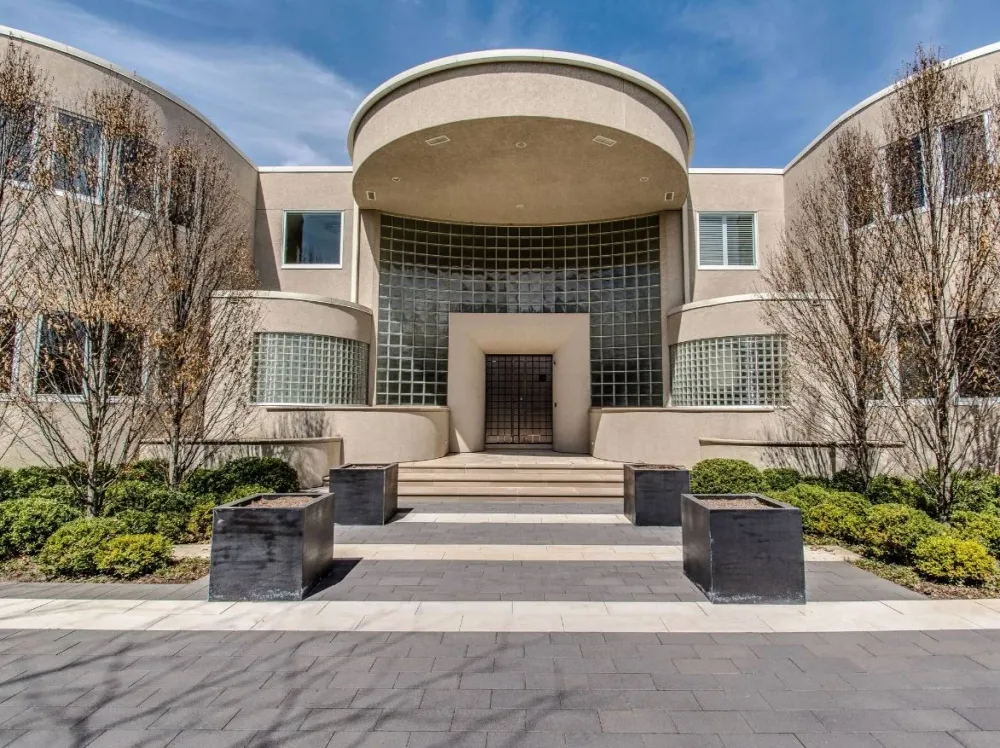
Additionally, the timing of Jordan’s attempts to sell the mansion coincided with the housing market crash of 2008, which dealt a significant blow to real estate values across the country. The economic downturn further complicated efforts to sell the property, leading to its prolonged stint on the market.
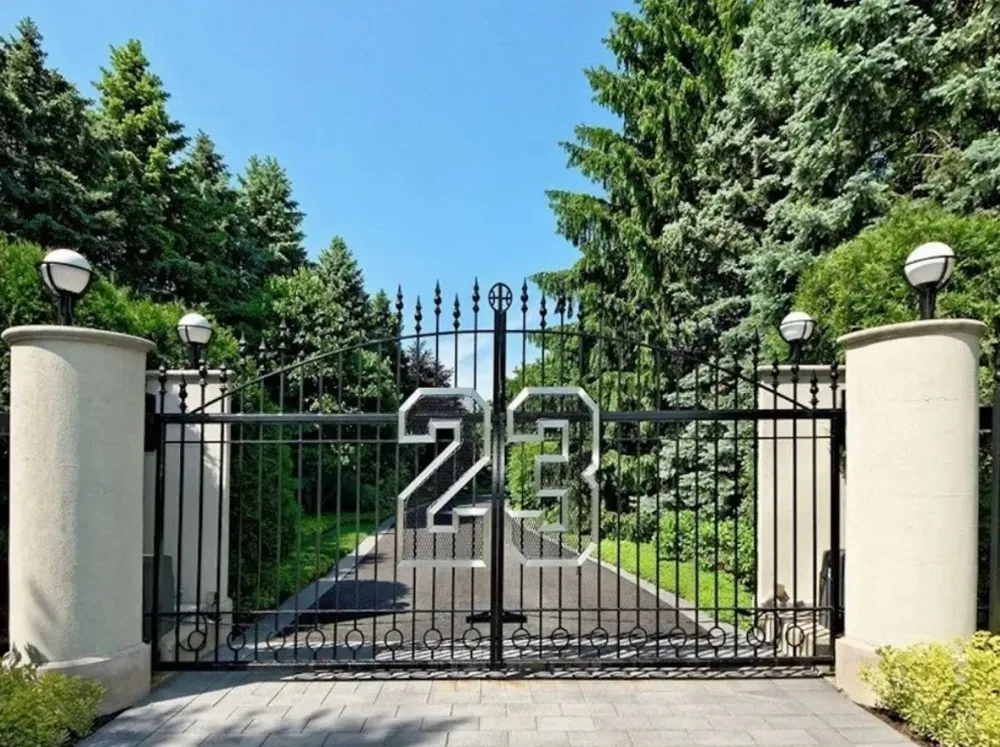
Despite numerous price reductions and marketing efforts over the years, Jordan’s mansion remained unsold, frustrating the basketball legend and fueling speculation about the reasons behind its prolonged listing. However, Jordan remained patient and optimistic, eventually finding a buyer willing to invest in the iconic property.
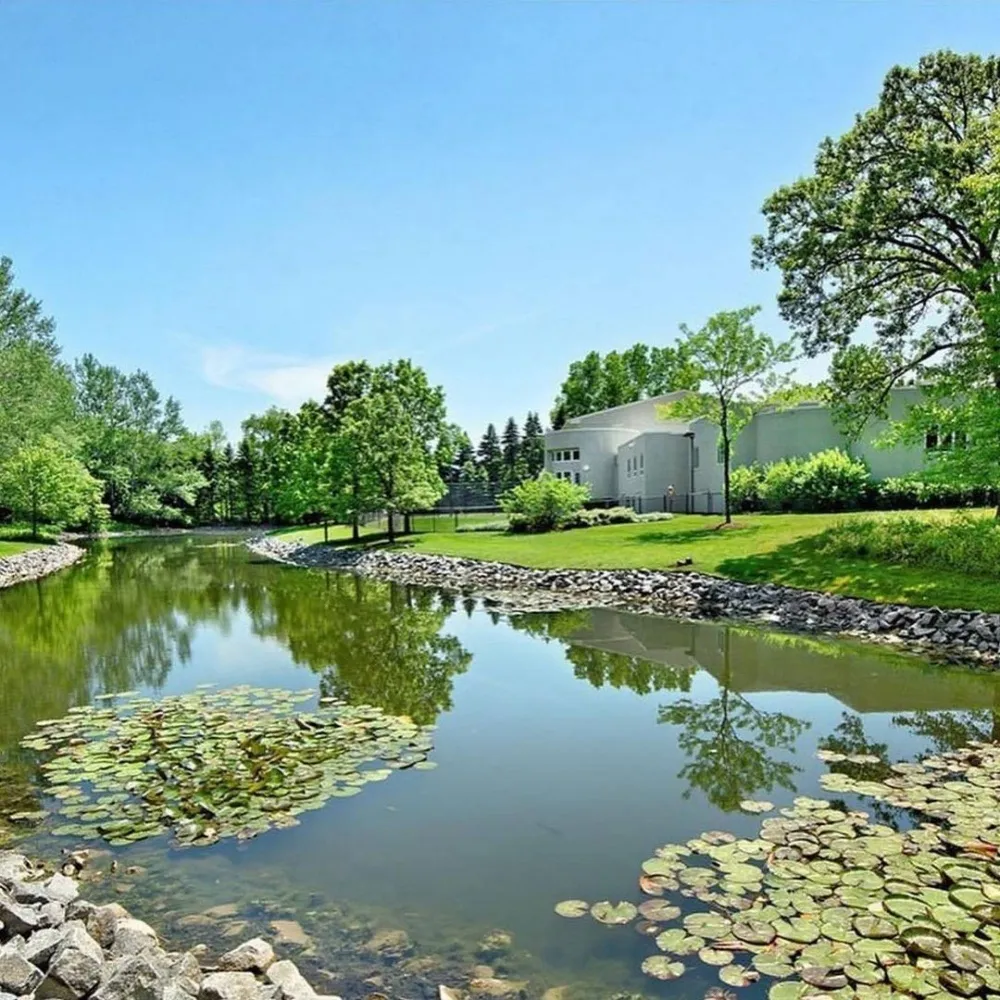
As Jordan reflects on the challenges of selling his Chicago mansion, he acknowledges the complexities of the real estate market and the unpredictable nature of economic factors. While the sale may have taken longer than anticipated, Jordan’s perseverance ultimately paid off, allowing him to move on from the property and embark on new ventures.
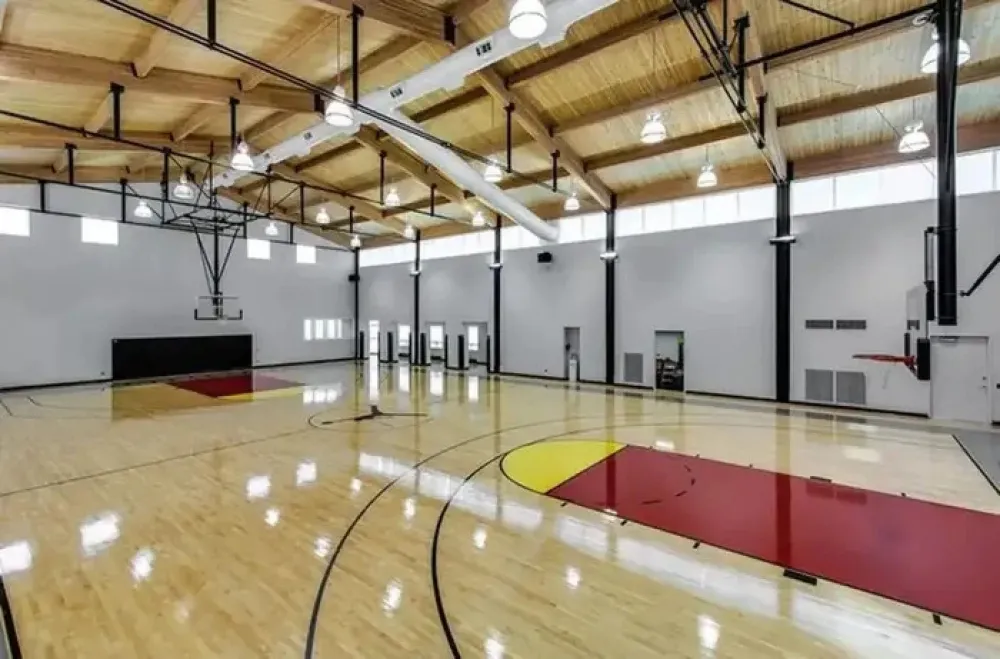
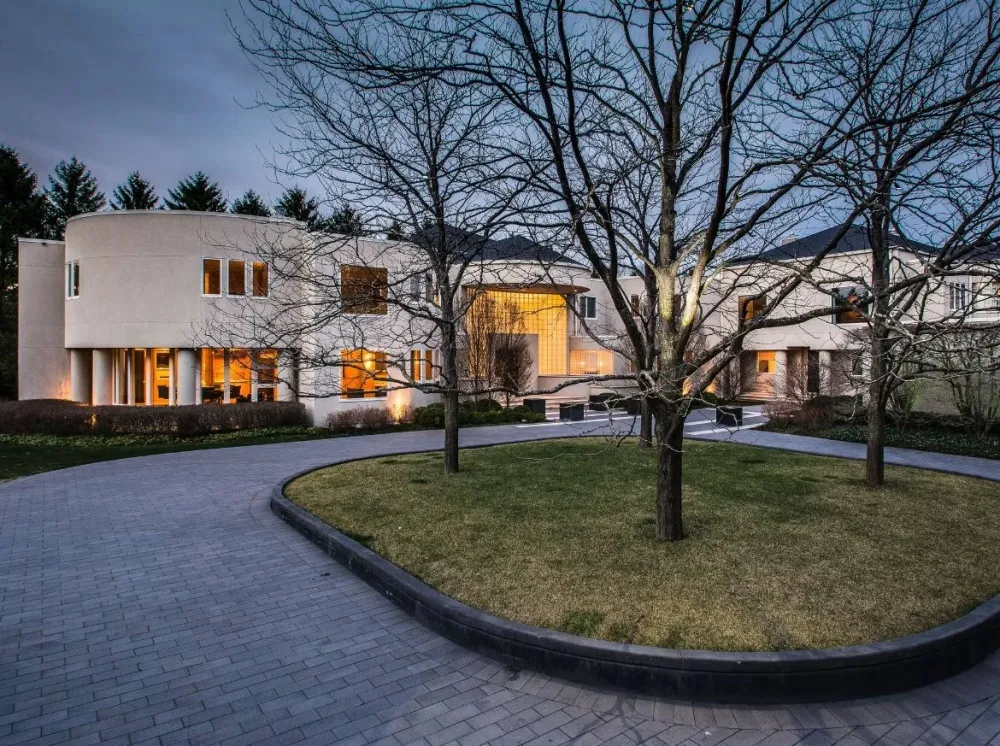
News
Kate Middleton’s ‘heartbreak’ over William’s decision about their family’s future……
William, 41, and his brother Prince Harry, 39, previously attended Eton College, which broke the tradition of the older generation, including his dad the King, of attending a boarding school in Edinburgh Kate Middleton is “heartbroken” after an “argument” with Prince William over…
Shocking Claim: Queen Camilla & Kate Middleton Rumors Confirmed – Did She Really Do This?
Queen Camilla has become a very popular royal family member. When she and Prince Charles began dating and later married, the public was still outraged with her as she had been Charles’s mistress during his marriage to Princess Diana. However,…
Prince William Views Prince Harry as ‘Background Noise’ Amid Rift Over Explosive Memoir
Prince William is said to consider his brother Prince Harry as “background noise” after the younger brother released an explosive memoir. Prince William is reportedly “keeping his family away” from his brother due to a long-running rift between the pair. (Image:…
Prince Harry and Meghan Markle ‘insensitive’ for business ventures amid family turmoil, says royal expert
File image of Britain’s Prince Harry and Meghan, Duchess of Sussex attending the Royal Salute Polo Challenge charity match in Wellington, Florida on April 12(Reuters / Marco Bello) Prince Harry and Meghan Markle are facing backlash for their recent business…
Meghan Markle accused of treating California life like ‘prom event’ by ‘setting up’ shows to attend with Prince Harry
A royal expert has accused Meghan Markle of treating her life in Montecito, California like a “prom event,” and Prince Harry like “the prom king.” A royal expert has accused Meghan Markle of treating her life in Montecito, California like a “prom…
Princess Charlotte’s Boss Moment With Prince George Caught on Camera
Princess Charlotte telling Prince George “you need to bow” went viral on TikTok as she was praised for being “such a boss.” The young royal, nine, was seen giving her older brother, who turns 11 this month, some pointed advice on the day of Queen…
End of content
No more pages to load

